Introduction
When it comes to 3D modeling, there are two types: hard surface modeling and organic modeling. Both are used to create 3D objects with the same type of polygons, similar mesh, and almost the same software.
The fine line between hard surface and organic defined by various modelers is what makes it hard to comprehend.
One is more appropriate for 3D visualization, while the other is extensively used in animation.
Confused already?
It is just the beginning. In this article, we’re going to provide an answer to the difference between hard surface and organic modeling. The difference gets blurry depending on who you ask.
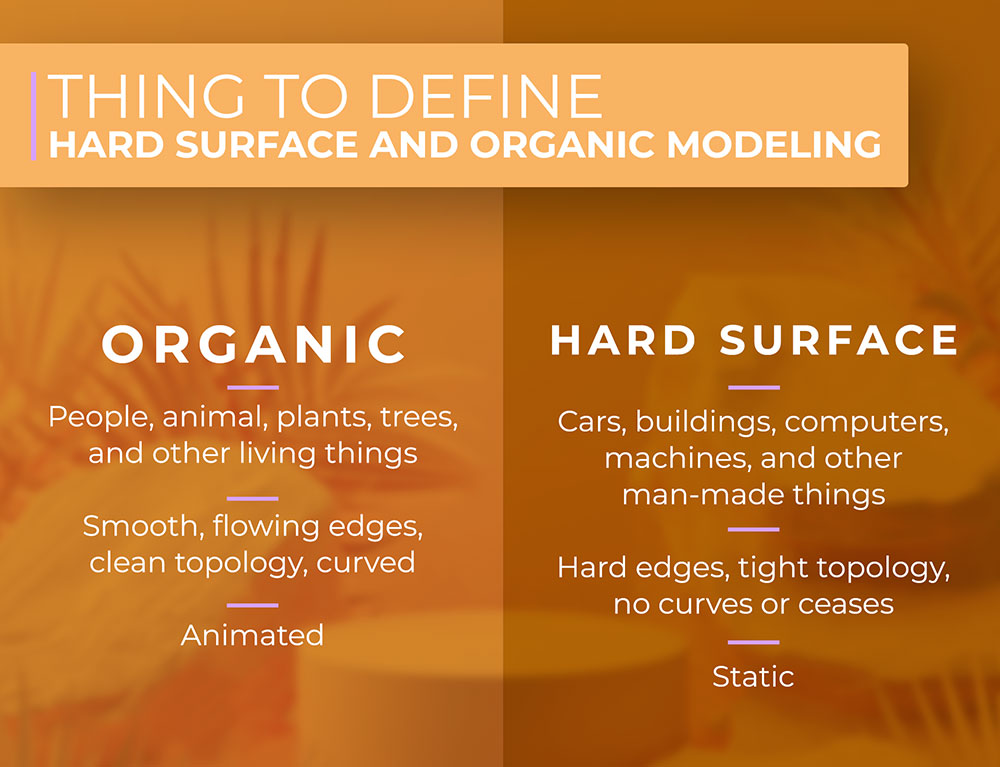
However, you’ll get an understanding of each of these categories to know how to market your 3D services better and define what models you’re most comfortable working with.
Shall we start?
What is Organic Modeling?
The things organic modeling covers range from people and animals to trees, plants, and other organic objects. Generally, these are living things. That’s why animated objects are also considered organic though they might be man-made.
However, we’ll come to that later.
Usually, organic models are built of complete quads – four-sided polygons. It helps to avoid deformation at the rendering and animation stages. So, the shape doesn’t matter that much as long as the number of sides equals four, unlike in hard surface modeling. At the same time using N-gons (polygons with 5 sides or more) is not recommended at all.
Though a 3D object is already created in a polygon 3D modeling software, it doesn’t mean it is complete.
To add finer details and produce more real-life models, an object is imported into sculpting software like ZBrush. Only then does it get the realistic touch it needs to meet the expectations.
Nevertheless, to master organic modeling, you have to explore a lot of reference images and study the anatomy of living things to bring them to life in a digital environment.
Note: While you can add the texture and details in sculpting software – creases, curves, and bumps of a living object could be achieved only with the mesh.
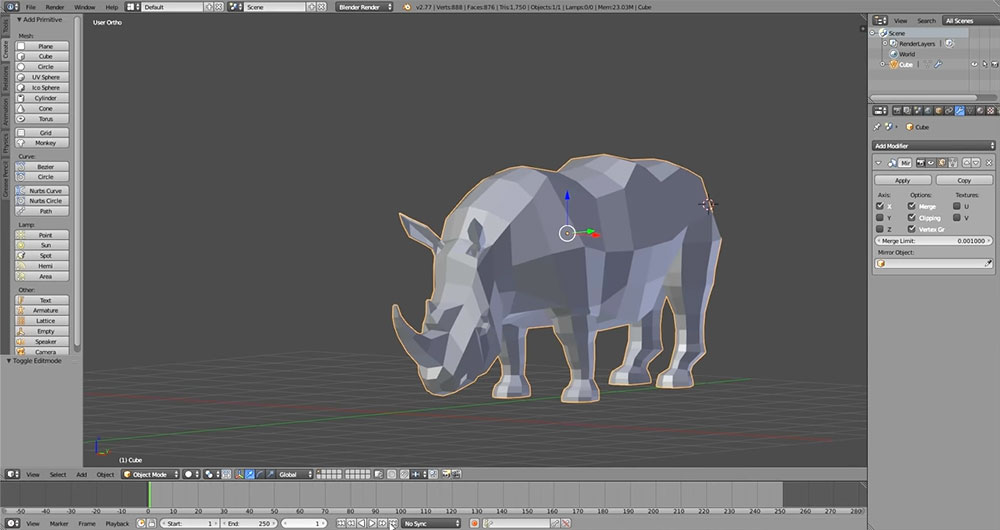
What is Hard Surface Modeling?
Considering the description of the organic modeling it shouldn’t be hard for you to define what hard surface modeling is. It is modeling man-made objects that contain no curves or smooth edges. Generally, it covers all inorganic and non-living objects like cars, buildings, computers, furniture, and any other static machined objects.
The first thing that differentiates hard surface modeling from organic is the type of polygons used. The latter requires a model to be of complete quads. That you know already.
However, hard surface modeling is far more moderate in that matter. The number of sides in a polygon doesn’t matter that much, as long as a result is satisfying.
Pro Tip: Stick to quads as much as possible even in hard surface modeling. It will simplify the object operations further on.
Hard surface modeling is a preferred way for beginners to learn how to 3D model. Creating plain flat edges is generally simpler than complex detail-oriented models. That’s why it is the best way to learn how to operate 3D modeling software and cover the basics.
Still, you need to have some images and blueprints to refer to if you want to master your hard surface modeling skills.
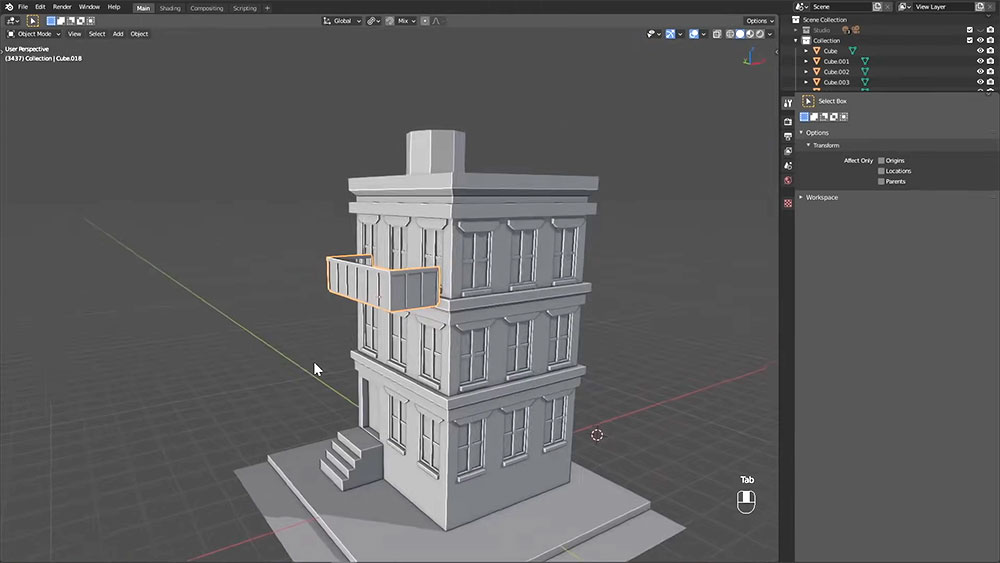
Hard Surface Modeling vs Organic Modeling
According to the information already provided, it might seem that there is a clear line between hard surface modeling and organic modeling. They operate on different principles after all.
You shouldn’t jump to conclusions though. It gets trickier when you start comparing them.
Generally, it depends on who you ask. However, there are three different ways to define whether an object is a hard surface or organic.
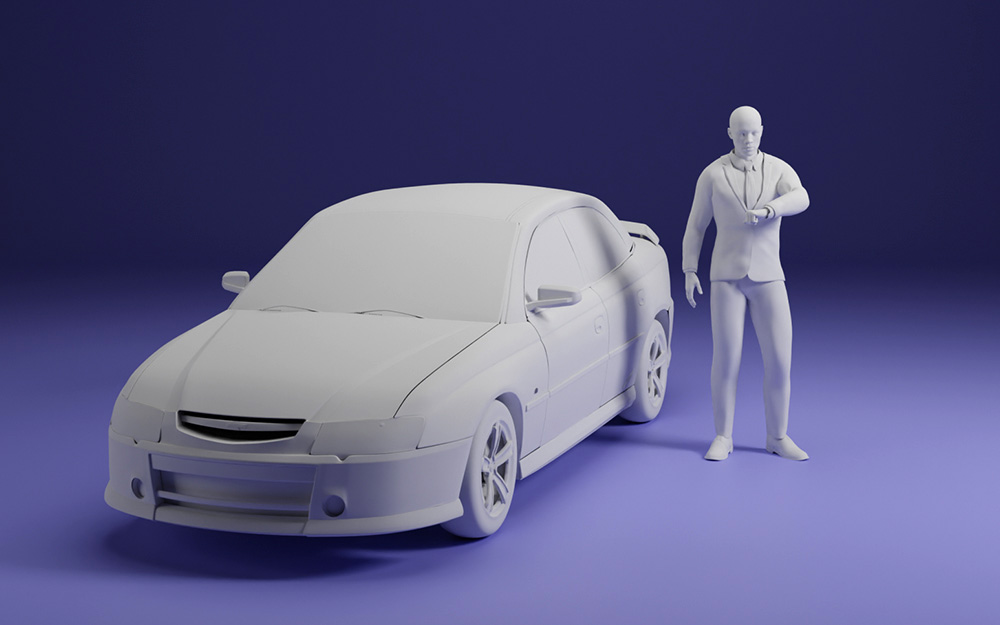
Difference #1
The first one we’ve already established – organic modeling is used to produce living things, and hard surface – to create man-made objects.
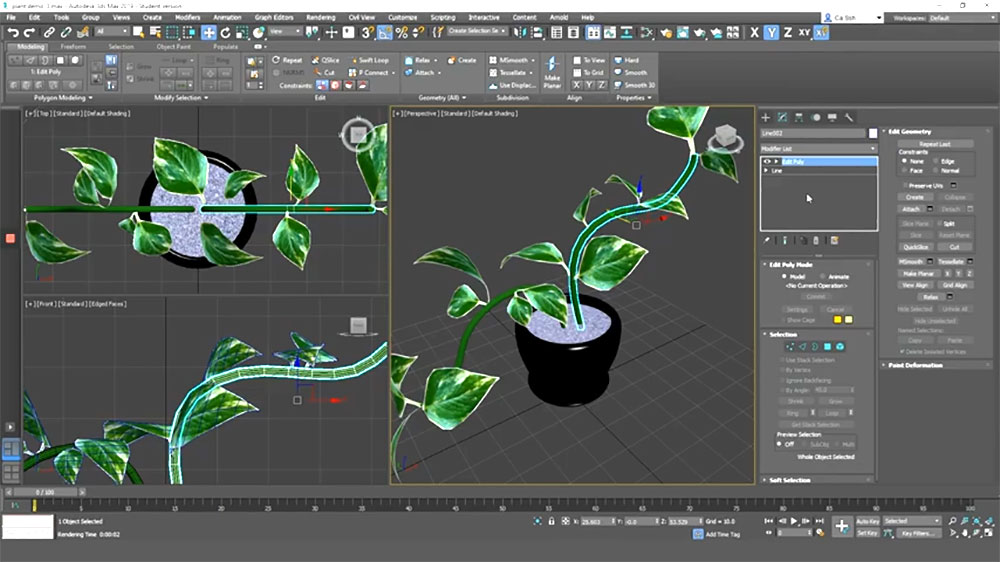
However, when you take a man-made couch that is anything but hard-edged, it gets difficult to draw that fine line between these 3D modeling categories.
Difference #2
The second way a lot of modelers define the difference between hard surface modeling is by the way an object is constructed.
The topology, edge flow, and polygon mesh define if the object is hard surface or organic. Like in this example, an inorganic couch with smooth flowing edges can’t be considered a hard surface. Same as an organic rock that is nothing but soft can’t be defined as the product of organic modeling.
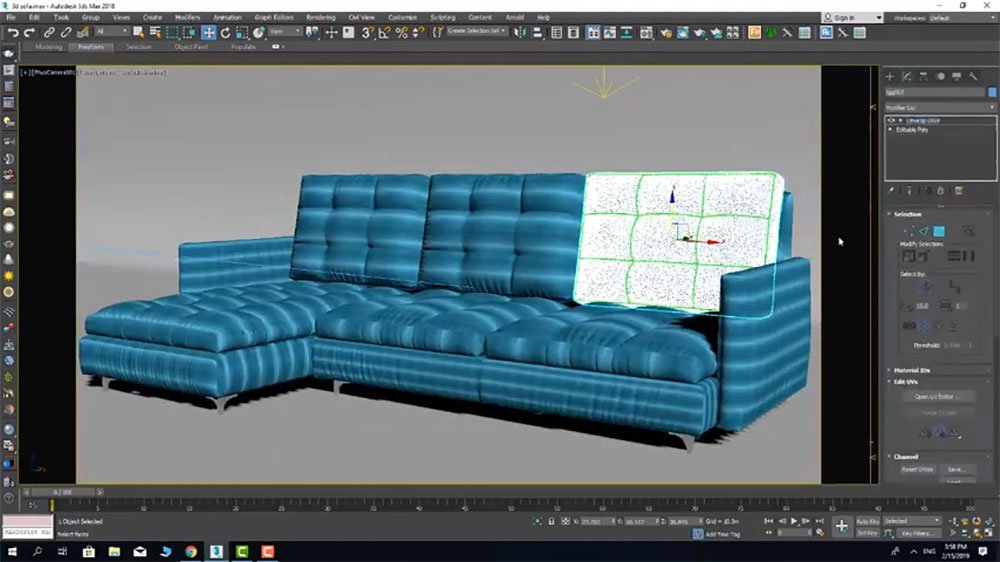
Finally, let’s consider a juice can that is far from organic and soft. Correspondingly it is a hard surface model. However, once you add animation and make it move around it is organic.
Difference #3
The third way of defining the 3D model category is through animation which eventually comes down to the way an object is constructed.
To smoothly transition into other forms, an object has to have smooth curves. So, some modelers define such objects as organic. However, a sports car that is made by man also has flowing curves. The other, correspondingly, consider it to be organic too.
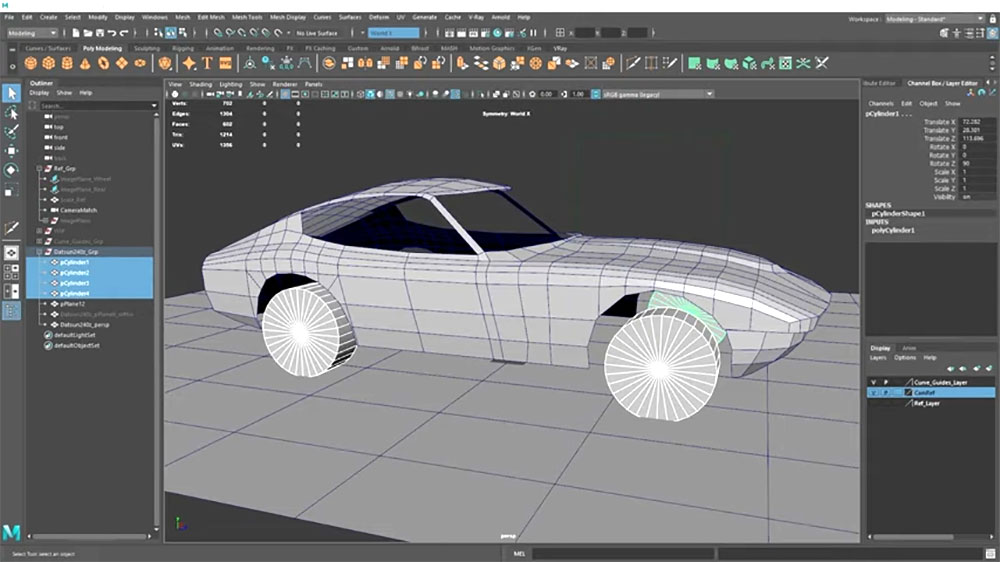
Do you get why there is no clear definition for the difference between hard surface and organic modeling now?
Some designers work only in character modeling, some create architectural models, and others provide product rendering services. The best option is to stick to one of the above-mentioned definitions. It will allow you to better translate what kind of models you’re most comfortable working with.
Things to Define Hard Surface and Organic Modeling By
| Object | Organic Modeling | Hard Surface Modeling |
| Type | People, animals, plants, trees and other living things. | Cars, buildings, computers, machines and other man-made things. |
| Anatomy | Smooth flowing edges, clean topology, curved. | Hard edges, tight topology, no curves or ceases. |
| Animation | Animated | Static |
Pro Tip: Regardless of whether you choose to pursue hard surface modeling or organic modeling, you have to remember – you can reach excellence in one category or spend a multitude of efforts to master both.
And to get you going we have some tips for organic and hard surface modeling.
What It Takes to Master Organic Modeling
As it’s been already established, organic modeling is all about details since it’s the only way for you to reach the real-life model. Correspondingly, there are a few things you have to take into account.
Study Anatomy
Your organic model is good only as long as it looks real. And since those are living objects you work with in organic modeling, learning the basics of the anatomy of people and animals is a must.
To draw all of those flowing curves and bumps you have to know how muscles and bones coordinate with each other. Only this will make the outcome more realistic, especially if the model is to be animated.
Improve Your Drawing Skills
Once you hone the basics of anatomy it is recommended that you draw your model from different viewpoints. It allows you to cover various perspectives of an object and define how each of the smallest details works together.
Learn Topology and Edge Loops
Since organic models can be animated, model rigging is an essential part of the process, especially in 3D character modeling. It is where the knowledge of the edge loops and character topology is essential. Besides, real-life anatomical concepts resemble the smooth edge closely.
Thus, your anatomy skills take over your creative instincts when it comes to character rigging.
Note: Avoid challenges and deformation. Pay close attention to the edge loop and topology of an organic model.
Use Only Quads
Quads are easier to operate and render. That is why you should use only quads when creating an organic object. Avoid N-gons at all costs and cut the number of triangles to the minimum unless you want to face issues at the rendering and animation stages.
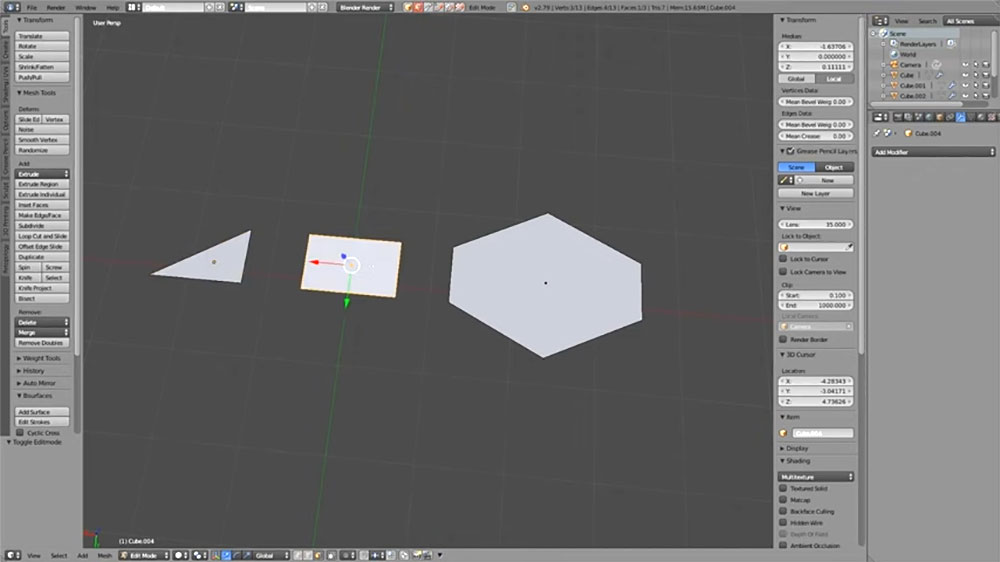
Use Edge Modeling Together with Box Modeling
To create stunning organic models you can leverage different modeling techniques, edge and box modeling in particular. While the first allows you to extrude or string some points together before adding any further geometry, the other covers the basics.
Tips to Leverage Hard Surface Modeling
While hard surface modeling is more moderate in terms of the complexity of the modeling process, there are also some recommendations you should rely on.
Plan the Shapes
In organic modeling, you have to study the anatomy of living things. The same goes for hard surface modeling. You have to know the anatomy of your future model and plan the shapes. It allows you to avoid deformation and get the right proportions from the beginning.
The last thing you want is some of the elements of your hard surface model to be “slightly” off after you add the details.
Study the Interaction of Joints
In concrete design, modelers come across multiple restrictions in motion where functionality takes over the design. In 3D modeling design, on the other hand, you can explore the ins and outs of a mechanism and the interaction of its joints.
It allows you to experiment and achieve a robust model before sending it to 3D sculpting. Such mechanisms somehow also resemble the anatomy in organic modeling, don’t they?
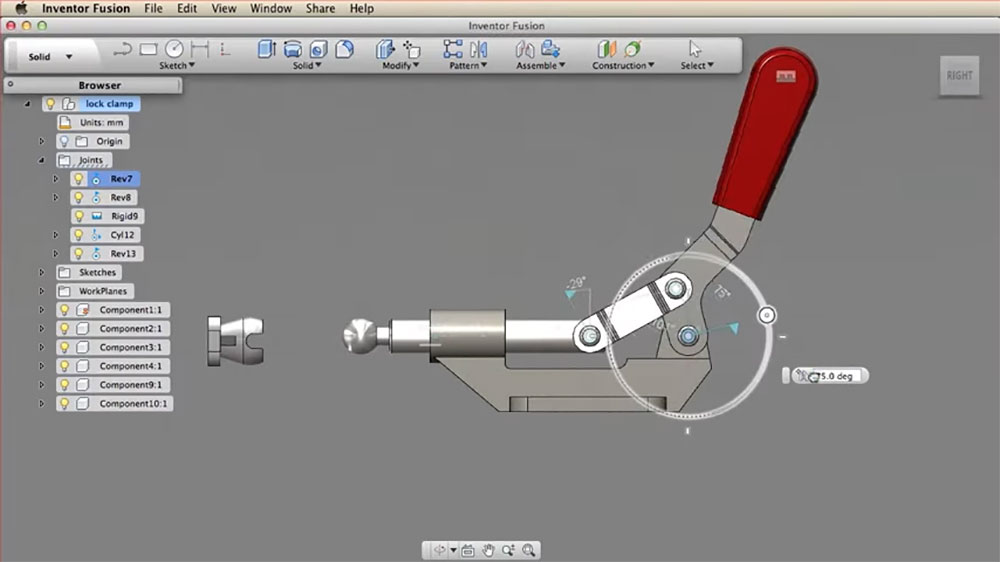
Focus on a Variety of Shapes
In hard surface modeling, you should always add details symmetrically to save the technical integrity of a model. However, you should analyze different options to hold 3 scale variations too. Try to keep large areas without adding any details or, on the contrary, add them to the smaller parts to make a model more appealing.
Render Your Models with MODO
If you want to avoid the fusion of meshed subdivisions, but still add a big number of Booleans, use MODO. It rounds the edges and handles rendering more effectively, which saves you tons of time.
Explore the Bevel Tool
Hard surface models tend to have tighter topology, harder edges, smaller curves, and cleaner meshes. Though they still look realistic thanks to the bevel tool.
There are no rules that forbid using soft elements and shapes in hard surface modeling.
Note: Hard edges only make your model more artificial. Therefore, you should bevel the meshes and edges so the light reacts with them during rendering.
Create Fresh Topology
As the process advances from a simple shape to a complete object, a sketch gets more complicated. To facilitate your work at this stage, you can re-topologize the model into more discrete pieces with the topology tool. The intensity of the brush should be set to more than 0 to achieve ticker topology. Most 3D modeling software provides that.
Save Your Past Work
Modeling the same thing over and over again is good for practicing and sharpening your skills. Still, once you gain some experience, it becomes unnecessary and tedious. There is no point in building the same blocks in similar models if you can just use the ones you’ve created before.
Don’t you agree?
Always save your work since it may optimize your future projects and save you the time you’d rather spend on adding finer details.
Hard Surface or Organic: Choose the One You Like More (Conclusion)
3D modeling requires a great deal of effort to make it work. Your work is good as long as the final result comes out as you intended. Regarding this, hard surface or organic doesn’t really matter. The first thing someone’s going to pay attention to in your 3D model is your expertise, not the modeling category it belongs to.
Don’t let the disputed meaning of these 3D modeling categories distract you from creating your masterpiece. Just define what things you are more interested in and you’re good to go.
Nevertheless, hard surface modeling is a good start. But once you get experience and hone your modeling skills, you’ll definitely come across organic models.
Which appeals to you more: the hard surface of organic?
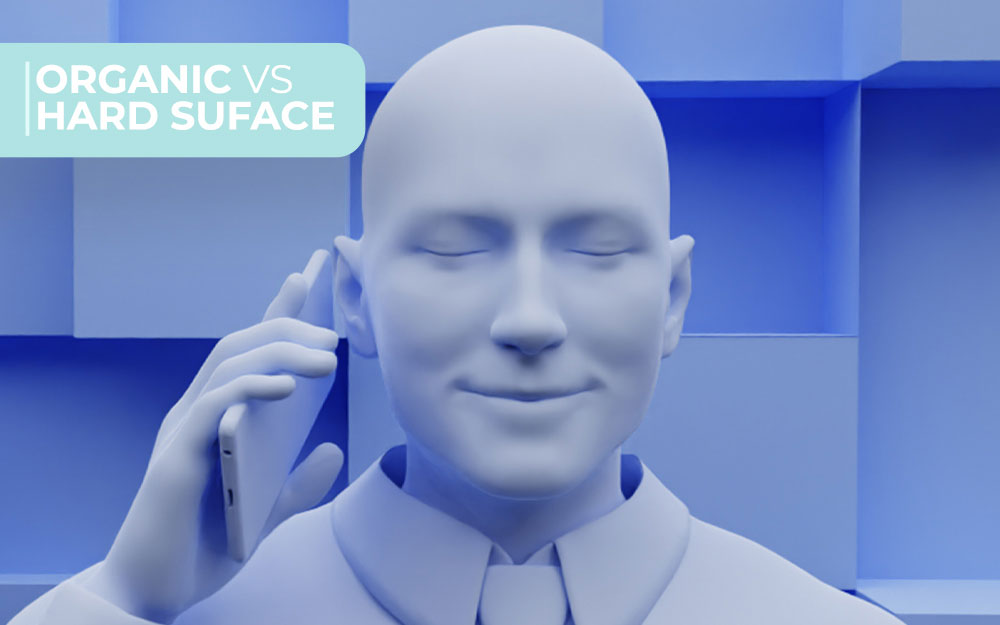



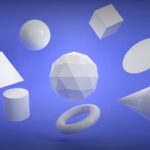
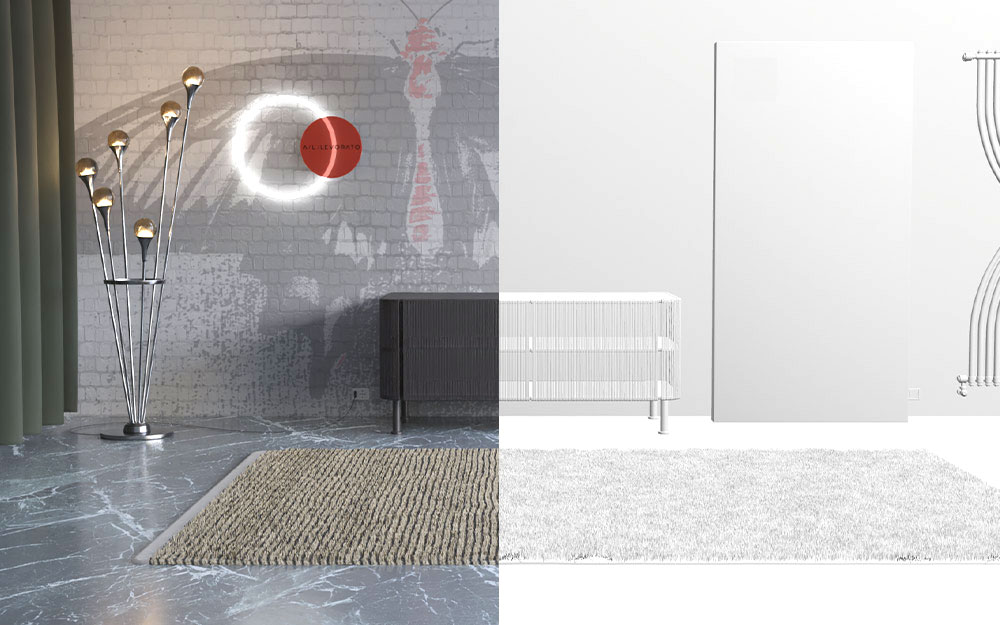
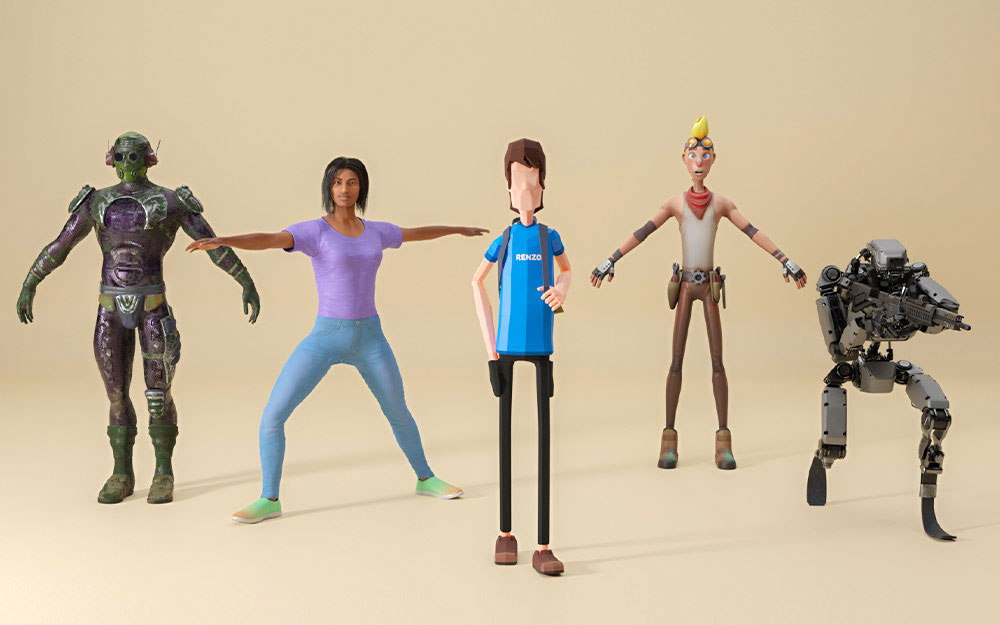

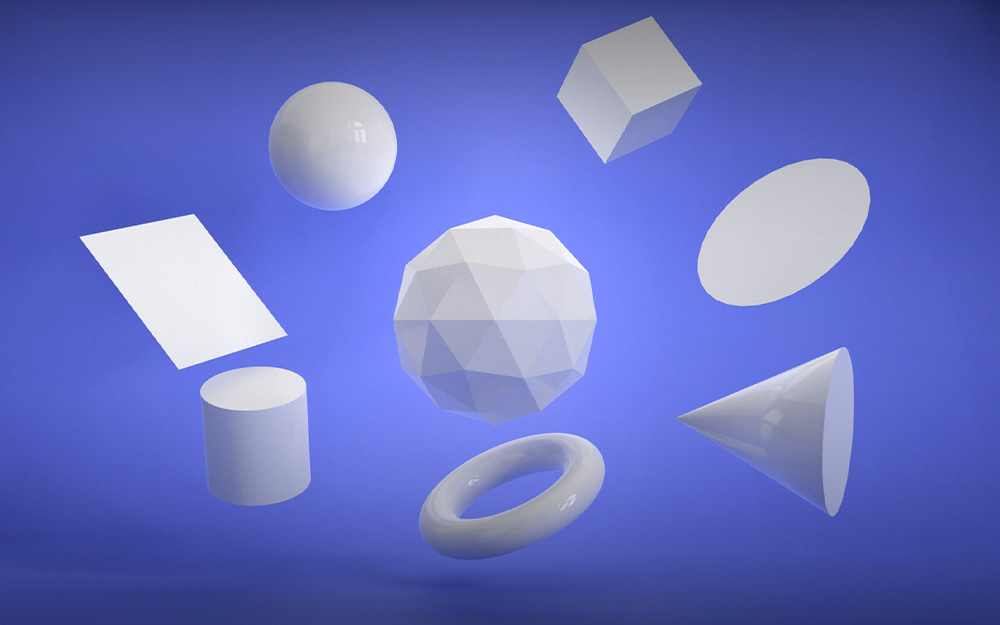

One Response